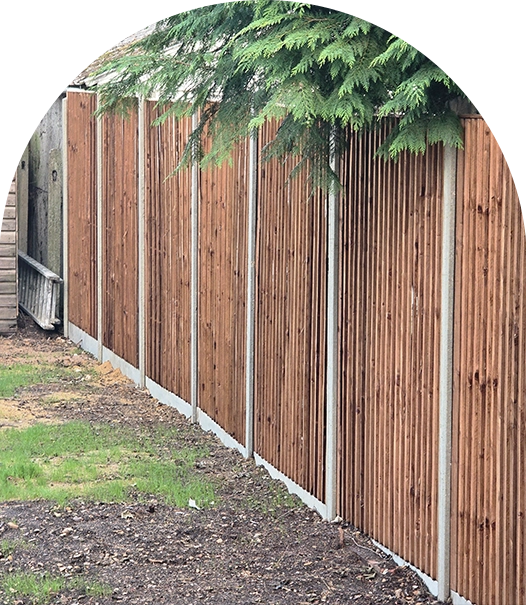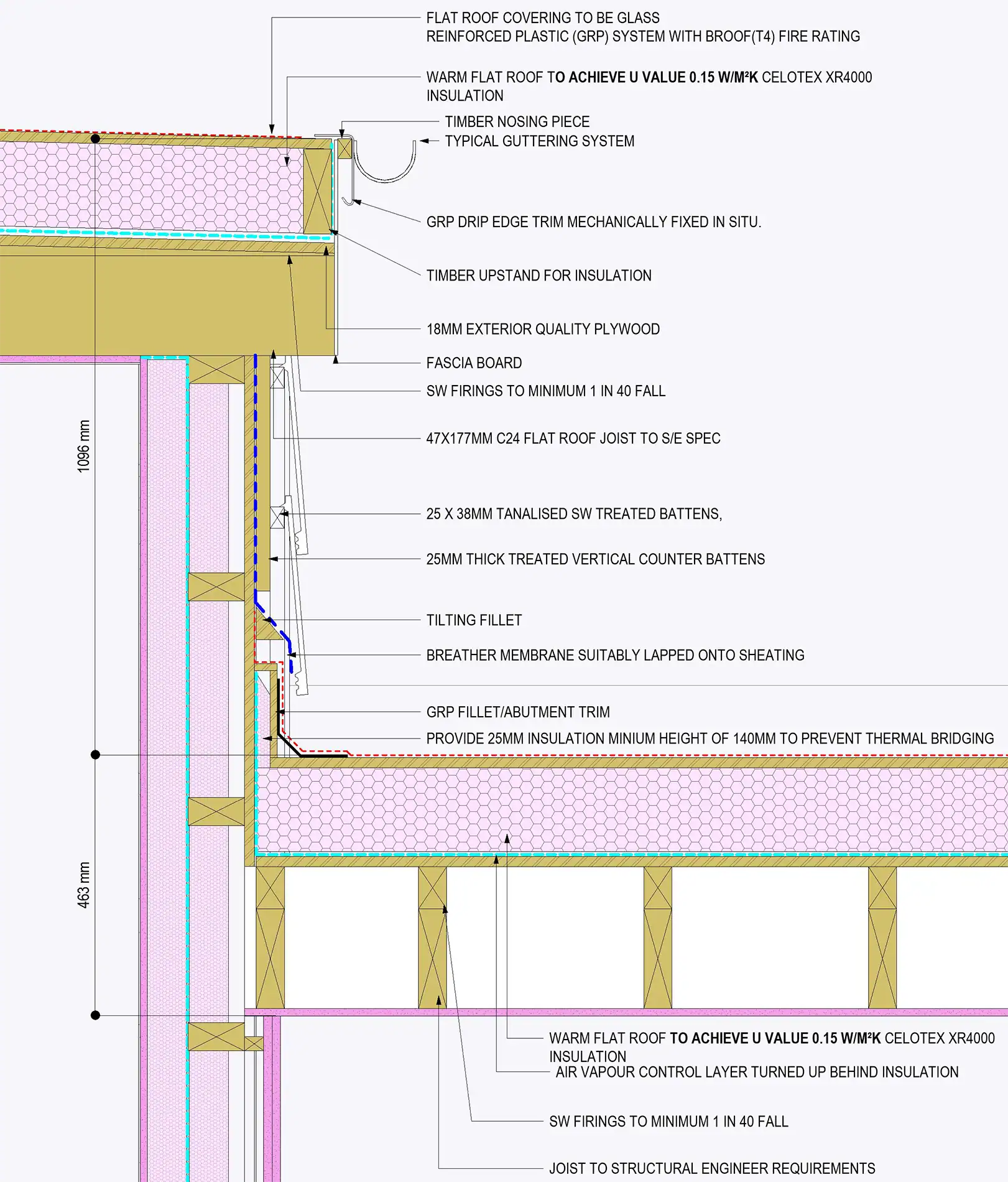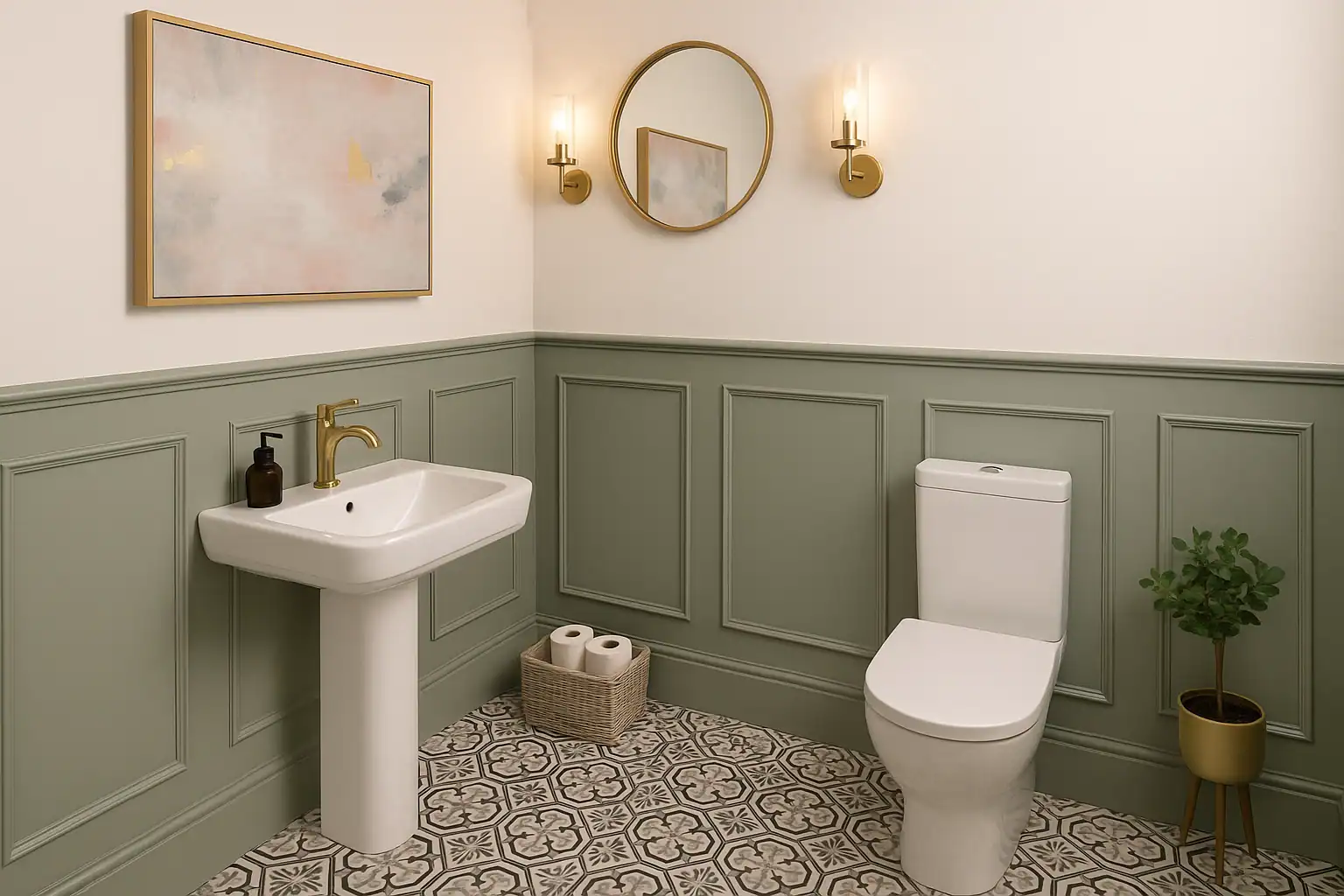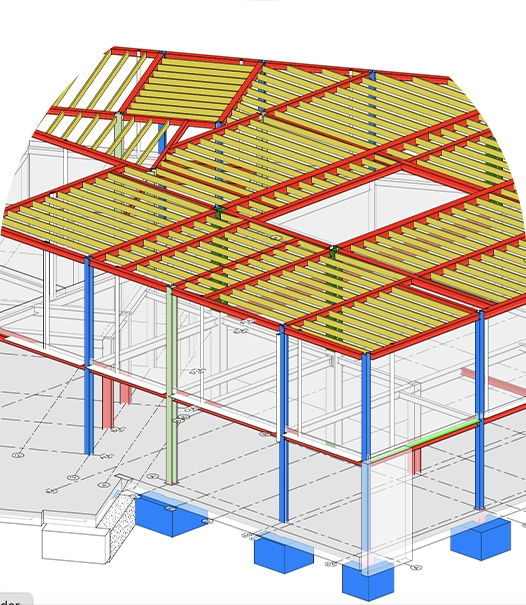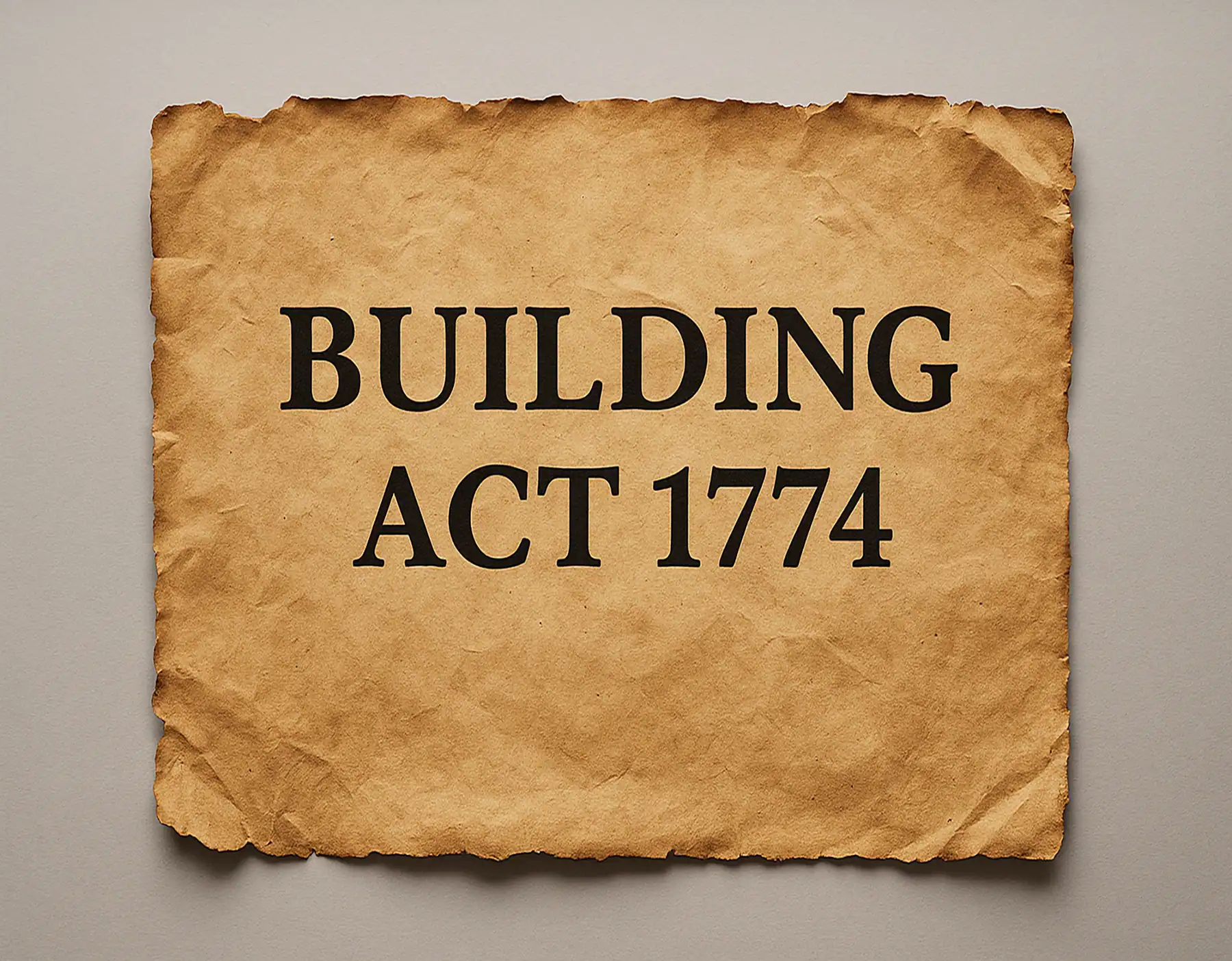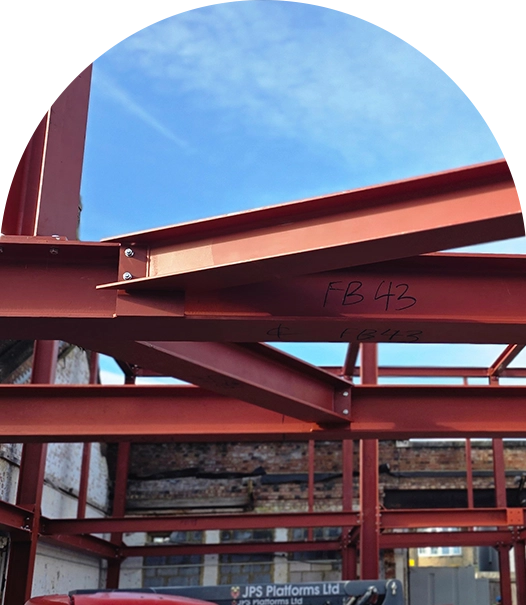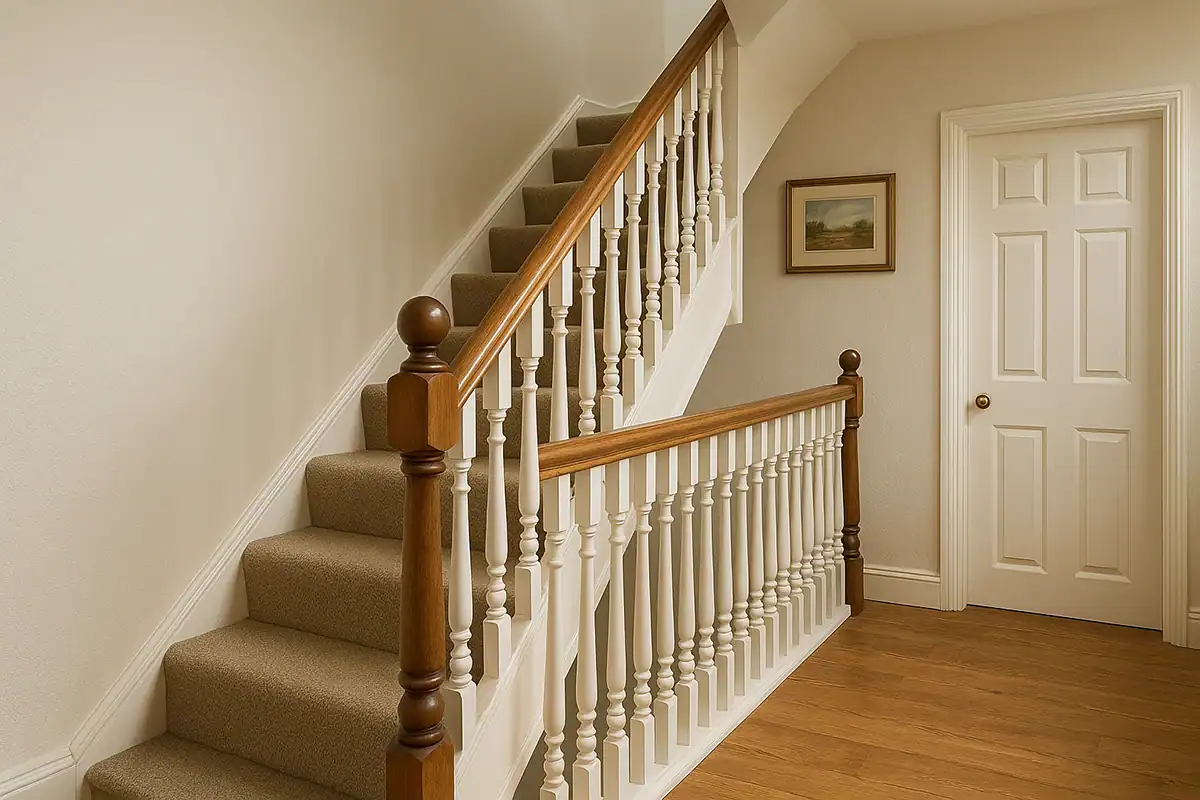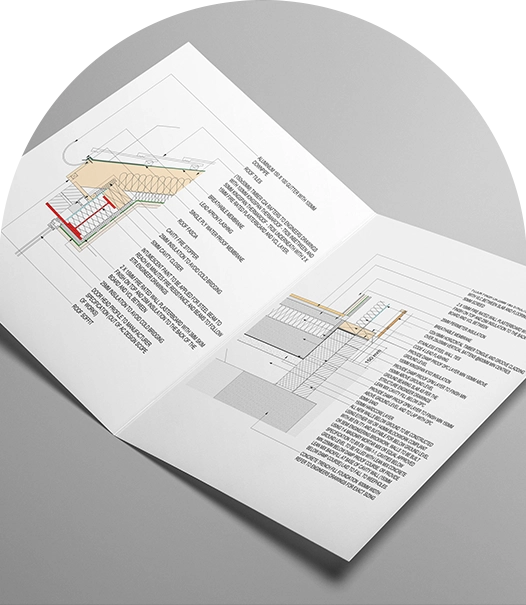What Does Party Fence Wall Mean?
A party fence wall is a wall that stands on the boundary line between two properties. Both neighboring owners use it. Unlike ordinary garden fences, these walls have specific legal protections under the Party Wall etc. Act 1996. They typically serve as substantial boundary markers. They may support structures on either or both sides of the boundary.
The key feature that makes a party fence wall different from a regular fence is ownership. It belongs to both property owners jointly. This creates shared rights and duties. These walls are often made of brick, stone, or concrete block construction. They are built to last, unlike temporary fencing solutions.
Party Wall Act 1996: Legal Framework for Fence and Boundary Walls
Under the Party Wall etc. Act 1996, a ‘party fence wall’ has a specific definition. It’s a wall (not being part of a building) that stands on the boundary between land of different owners. It’s used or built to be used for separating adjoining buildings belonging to different owners. The Act provides the legal framework. It governs how owners must interact when work affects these shared boundary structures.
This law ensures that both property owners have equal rights to the wall. It also establishes procedures for serving a party wall notice when work is planned. The Party Wall Act 1996 applies to England and Wales. Scotland has separate laws governing similar situations. The Act covers various types of walls under the party wall classification. This includes boundary walls and party structures.
How Do You Identify a Party Fence Wall?
Identifying a party fence wall requires careful examination of several factors. The wall must physically sit on the boundary line between two properties. You can confirm this by checking property deeds, Land Registry documents, or having a boundary survey done.
Key signs include the wall’s substantial construction. This typically means brick, stone, or concrete block rather than timber fencing. The wall’s permanent nature is important. Evidence that it serves both properties also matters. The wall often appears on both property deeds. It may have attachments or structures from both sides.
If you’re unsure whether a wall qualifies as a party fence wall, get help. Consult with a qualified party wall surveyor or solicitor familiar with boundary disputes. Historical building records and planning applications may also offer valuable evidence.
Adjoining Owner Rights and Building Regulations
When planning building work near a party fence wall, strict notification procedures must be followed. The Party Wall Act 1996 requires this. Building owners must serve formal notice on the adjoining owner. This must be at least two months before work begins for new construction. For other types of work, it’s one month. Property law requires this notice under the Act. This ensures all parties understand their rights and responsibilities.
Notifiable work includes several activities. Building a new party structure on or across the boundary line. Cutting into or removing parts of a party fence wall. Demolishing and rebuilding a party fence wall. Carrying out repairs that go beyond basic maintenance. Even seemingly minor changes may require formal notification. This applies if they affect the structural integrity or appearance of the shared boundary. Excavation work near the boundary between two properties is also covered by the Act. When digging within 3 metres of a neighbouring building, specific notification requirements apply under the Party Wall Act 3-metre rule.
The building owner is legally responsible for several things. Serving proper notice. Hiring qualified chartered building surveyors if disputes arise. Ensuring all work complies with building regulations and the Party Wall Act requirements. If the adjoining owner doesn’t respond to a notice within 14 days, they are deemed to have dissented. This triggers the formal dispute resolution process. Adjoining owners can serve a counter notice to modify proposed work. They can also avoid disputes through early negotiation.
Can You Demolish a Party Fence Wall? Act 1996 Requirements
The question “Can I demolish a party fence wall?” requires careful consideration. Legal requirements and adjoining owner consent matter. Demolition of a party fence wall typically requires agreement from both property owners. Both have rights to the structure. Unilateral demolition of a party fence wall without proper notice and consent can result in legal action and significant penalties.
When demolition is necessary and properly authorized through the party wall process, costs matter. The building owner initiating the work usually bears the cost. However, if the demolition benefits both properties or if the existing wall was in poor condition, costs may be shared. This depends on the degree of benefit each owner receives. The party wall process includes provisions for a binding party wall award. This determines cost allocation.
Repair responsibilities depend on the cause of damage and the condition of the wall. Owners are generally responsible for maintaining their side of the wall. But significant structural repairs that benefit both properties may warrant cost-sharing arrangements. Emergency repairs to prevent imminent danger can be undertaken immediately. Proper notice must be served afterwards. The party wall process ensures that both owners understand their obligations regarding works on party walls.
Garden Wall vs Party Structure: Understanding Boundary Structures
Understanding the distinction between an ordinary garden wall and a party structure is crucial. This determines legal obligations under property law. Many property owners have common misconceptions about party wall requirements that can lead to costly mistakes.”A party structure sits on the shared property boundary. It belongs to both neighbors jointly. Garden walls are typically owned entirely by one property owner. They’re built within their boundary.
Garden walls and wooden fences are usually constructed from timber, metal panels, or similar materials. They’re considered temporary or semi-permanent boundary structures. They don’t carry the same legal protections as walls under the party wall legislation. They can generally be replaced or modified by the owner without formal notification procedures. These structures are not considered a party wall under the Act.
The construction quality also differs significantly. A wall is a party wall when it’s built as a permanent structure. It uses durable materials like brick or stone on the boundary line. Garden walls prioritize cost-effectiveness and ease of replacement over longevity. A wall on the line of junction between adjoining lands is more likely to be covered by the party wall legislation. This is more than structures built entirely within one property.
Common Causes of Damage to Party Fence Walls
Party fence walls face various threats that can compromise their structural integrity. Weather-related damage from storms, flooding, or freeze-thaw cycles commonly affects these structures. This particularly affects older walls built with lime mortar. Ground movement due to subsidence, heave, or nearby construction work can cause cracking and structural instability.
Tree root damage presents another significant risk. This is especially true when large trees grow close to the wall. Roots can undermine foundations or cause direct pressure damage to the wall structure. Vehicle impact, particularly in areas with limited access, can cause sudden and severe damage. This requires immediate attention.
Human factors also contribute to damage. This includes unauthorized modifications, poor maintenance practices, or construction work on adjacent properties that affects the wall’s stability. Regular inspection and prompt attention to minor issues can prevent many problems. This stops them from escalating into major structural concerns.
What Can Owners Do When Faced with a Damaged Party Fence Wall?
When damage occurs to a party fence wall, prompt action is essential. This prevents further deterioration and potential safety hazards. The party wall process provides clear procedures for addressing damage. The first step involves documenting the damage thoroughly. Use photographs and written descriptions. Note the extent and potential causes.
Both the building owner and adjoining owner should be notified immediately. This applies even if only one side appears affected. If the damage poses immediate safety risks, emergency temporary measures may be necessary. Proper procedures must be followed for permanent repairs. In the event of a dispute about responsibility or repair methods, the Act provides resolution mechanisms.
Determining responsibility for repairs and costs requires careful analysis. Consider the damage cause and existing agreements. Professional assessment by a structural engineer or boundary surveyor may be necessary for significant damage. Insurance companies should be notified promptly. Some policies cover party wall matters under specific circumstances. The building owner is legally required to provide access to your land when necessary. This is for inspection and repair work.
What Makes a Great Party Wall Surveyor?
A qualified party wall surveyor plays a crucial role. They resolve disputes and ensure compliance with legal requirements under the 1996 Act. Great party wall surveyors possess extensive knowledge. This includes the Party Wall etc. Act 1996, construction techniques, and boundary law. They maintain professional qualifications through organizations. These include the Faculty of Party Wall Surveyors.
Experience with party wall matters and local construction practices proves invaluable. This helps when complex issues arise. Effective communication skills enable surveyors to explain technical matters clearly. They facilitate agreements between property owners and neighbors. Impartiality is essential. Surveyors must serve the interests of both parties fairly when considering works on party walls.
Professional indemnity insurance protects all parties in case of errors or omissions. The best surveyors combine technical expertise with practical problem-solving abilities. They maintain detailed records throughout the party wall process. They understand when planning permission or building regulations approval may be required. This is in addition to party wall procedures.
Boundary Walls: Understanding the Broader Context
Boundary walls encompass a broader category of structures. They mark property boundaries. This includes party fence walls as a specific subset. These walls serve various purposes beyond simple demarcation. This includes privacy, security, noise reduction, and structural support for adjacent buildings or landscaping.
The legal status of boundary walls depends on their location, construction, and use. Walls built entirely within one property boundary belong to that owner alone. Walls on the boundary line may be party walls with shared ownership. Understanding these distinctions is crucial. It determines maintenance responsibilities and modification rights.
Planning permission requirements vary. This depends on the wall’s height, location, and local authority regulations. Walls exceeding certain heights or in conservation areas may require formal approval. This must be done before construction begins.
Which Owners are Affected?
Party wall legislation affects all property owners who share boundaries with neighboring properties. This particularly affects those with semi-detached properties or terraced houses. This includes residential homeowners, commercial property owners, developers, and landlords. They may need to coordinate with multiple adjacent properties when undertaking building work near shared boundaries.
Particular considerations apply to corner properties. They may have party fence walls on multiple boundaries. This requires coordination with several neighbors for any significant work. The adjoining owner and building owner must both understand their obligations under the Act. Leasehold property owners must also consider their lease terms. They may need landlord consent for certain alterations that are like a party wall modification.
New property purchasers should investigate existing party wall agreements and any ongoing disputes. This should be part of their due diligence process. Estate agents and solicitors play important roles. They ensure buyers understand their responsibilities and any existing commitments related to walls under the party wall legislation.
Rights and Responsibilities Under the Party Wall Act
The Party Wall etc. Act 1996 grants building owners specific rights. It balances these against adjoining owner interests. Building owners have the right to carry out necessary work to party walls. This includes repairs, alterations, and improvements. Proper procedures must be followed and they must be covered by the Act.
Access rights allow building owners to be entitled to enter premises when necessary for construction work. This must be arranged with reasonable notice and minimal disruption. The 1996 Act also provides mechanisms for resolving disputes. This is through the appointment of surveyors and formal binding party wall award procedures.
Protection against interference ensures that neighbors cannot unreasonably obstruct legitimate work. The work must be covered by the party wall legislation. Compensation provisions cover any damage caused during authorized construction activities. These rights come with corresponding responsibilities. Follow proper notification procedures. Minimize disruption. Bear appropriate costs.
Building owners also have the right to rely on party walls for support of new construction. This is subject to proper procedures and technical requirements. This enables efficient land use while protecting existing structures from damage during construction work. The wall is also a party wall when it provides structural support to buildings on both sides of the boundary.
The legislation provides a balanced framework. It enables necessary development while protecting property rights. It maintains neighborly relationships through clear procedures and dispute resolution mechanisms. Understanding what constitutes walls under the party wall classification helps property owners navigate their obligations. It helps avoid disputes with adjoining lands.

